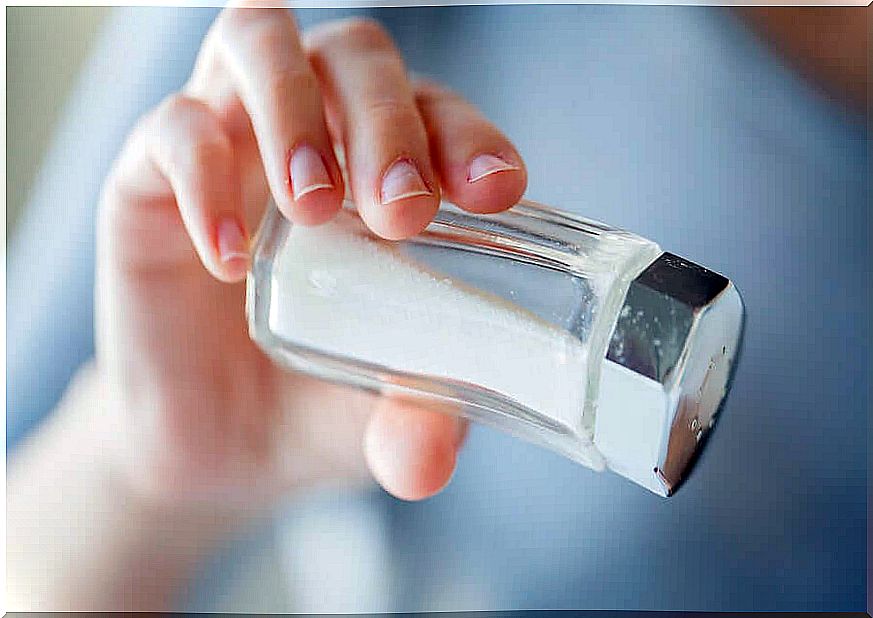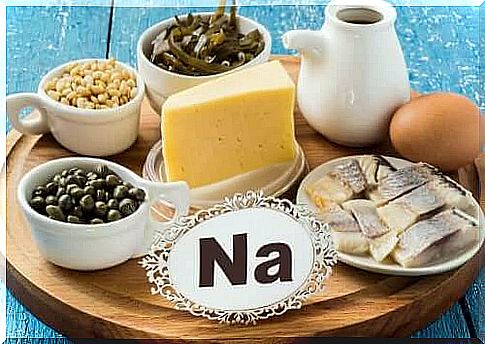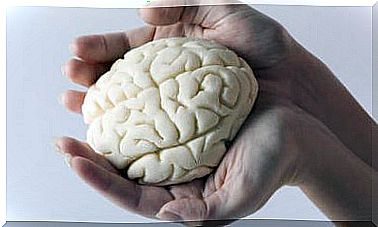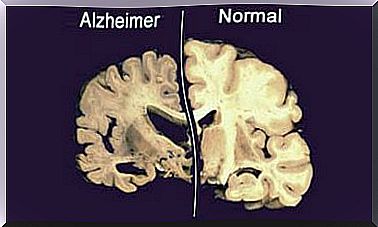4 Things You Should Know About Low Sodium Diets
Low sodium diets are a good option to avoid all the complications that excessive salt intake brings. However, as you know, sodium is essential for the proper functioning of the body.

Low sodium diets are those whose principles aim to limit the consumption of foods rich in this mineral. People who adopt or must adopt this type of diet are those who suffer from a disease that worsens when the sodium level in the blood is high. This is the case for people who suffer from hypertension, kidney disease or even heart failure.
Let’s take a look at some important points about low sodium diets in the rest of this article . Let’s go !
Why do we need sodium?

Sodium represents 50% of the composition of common salt, chlorine represents the remaining 50%. This is why salt is chemically known as sodium chloride.
Salt is the most important dietary source of sodium. But you should also know that a small portion of this mineral is added in the manufacturing processes of processed food products.
Sodium is an essential nutrient for life, but the body only needs a small amount. Ingesting large amounts of salt can therefore seriously damage your health.
If this mineral is essential, it is because it allows the body to stay properly hydrated, it guarantees the success of cellular exchanges and it maintains homeostasis, among other things.
How do you know if a food is low in sodium?
To know if a food is high or low in sodium, it is important to read the food label on the packaging : on the label, the amount of sodium present in the food in question is shown. The amount of sodium is expressed in milligrams (mg).
The column expressed as a percentage on the food label refers to the daily intake of one serving of the food in question for each nutrient on the list.
For a food to be considered low in sodium, one serving of that food must contain less than 5% sodium. Conversely, those that contain 20% or more are considered high in sodium.
Other statements related to sodium can be found on food labels:
- Sodium free : each serving contains less than 5 mg of sodium
- Very low in sodium : one serving contains 35 mg or less of sodium
- Low in sodium : one serving contains 140 mg or less of sodium
- Reduced sodium content : one serving has at least 25% less sodium compared to the original product
- No Salt or No Added Salt : No salt was added during the food processing process, but the food itself may contain sodium
The benefits of low sodium diets
As we said above, salt is essential for health, but in the right amount. There are many benefits of a low sodium diet. We give you a few of them below.
- Excessive sodium intake can lead to hypertension, a risk factor for cardiovascular disease. Limited sodium intake helps lower blood pressure
- Some health conditions can improve if you reduce your sodium intake. This point concerns people who suffer from constipation or fluid retention, for example. A limited sodium intake therefore helps prevent certain diseases
- Limited salt intake promotes weight loss
Low sodium diets: how to find the balance?

Diets without or low in sodium can be a good option to avoid all of the complications that excessive salt intake brings. However, as you know, sodium is essential for the proper functioning of the body. Therefore, we have to find a balance. Below are some recommendations for you to consider.
- Do not add salt when cooking : food already contains natural salts. To enhance the taste of food, you can use vinegar, spices or lemon. So you don’t need to resort to salt
- Change the cooking method : the transformation of food during cooking is very often responsible for the decrease in the natural taste of food. Learn how to steam, in foil or in the oven by wrapping food in parchment paper
- Opt for an olive oil with an intense flavor. This oil brings many benefits while bringing an extra touch to your meals
It should be borne in mind that a limited salt intake is one of the World Health Organization’s goals for a healthy lifestyle.









